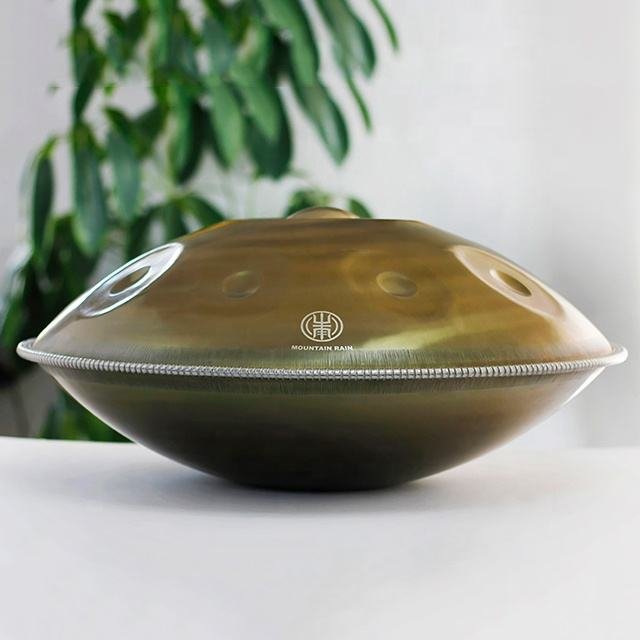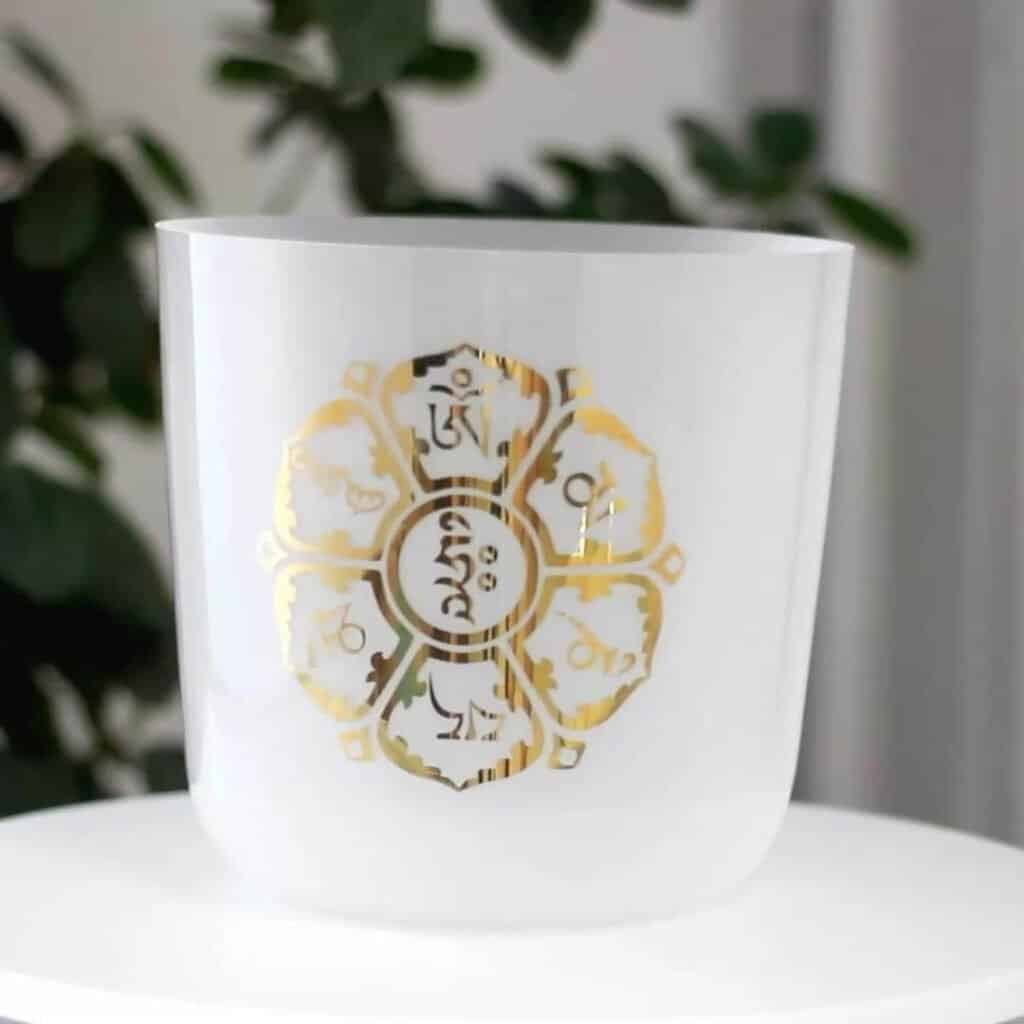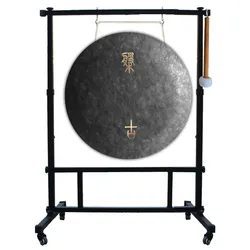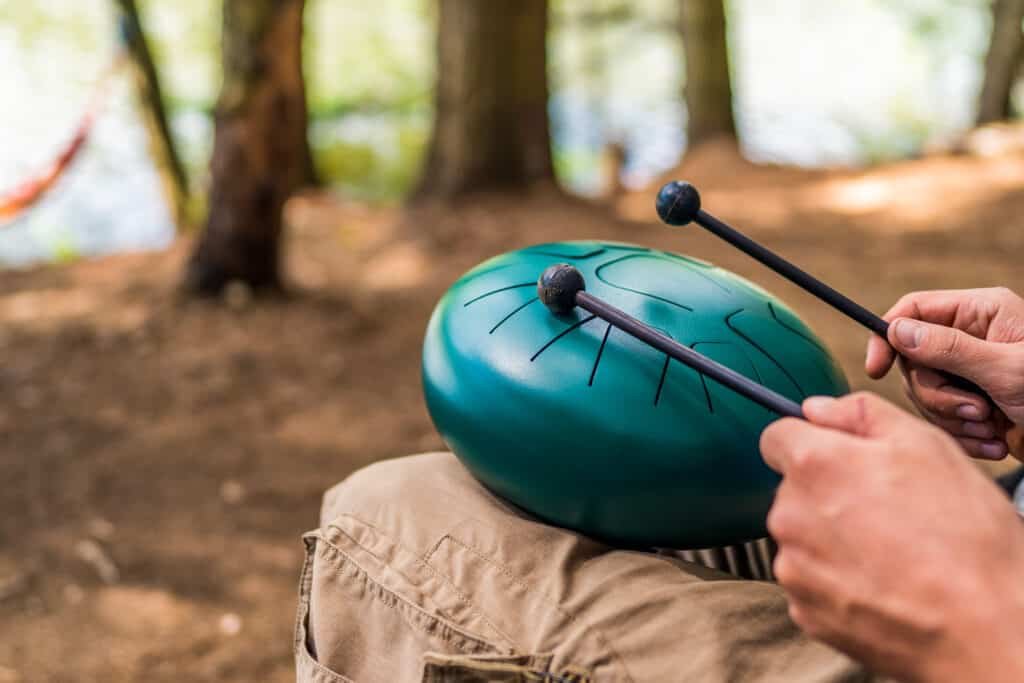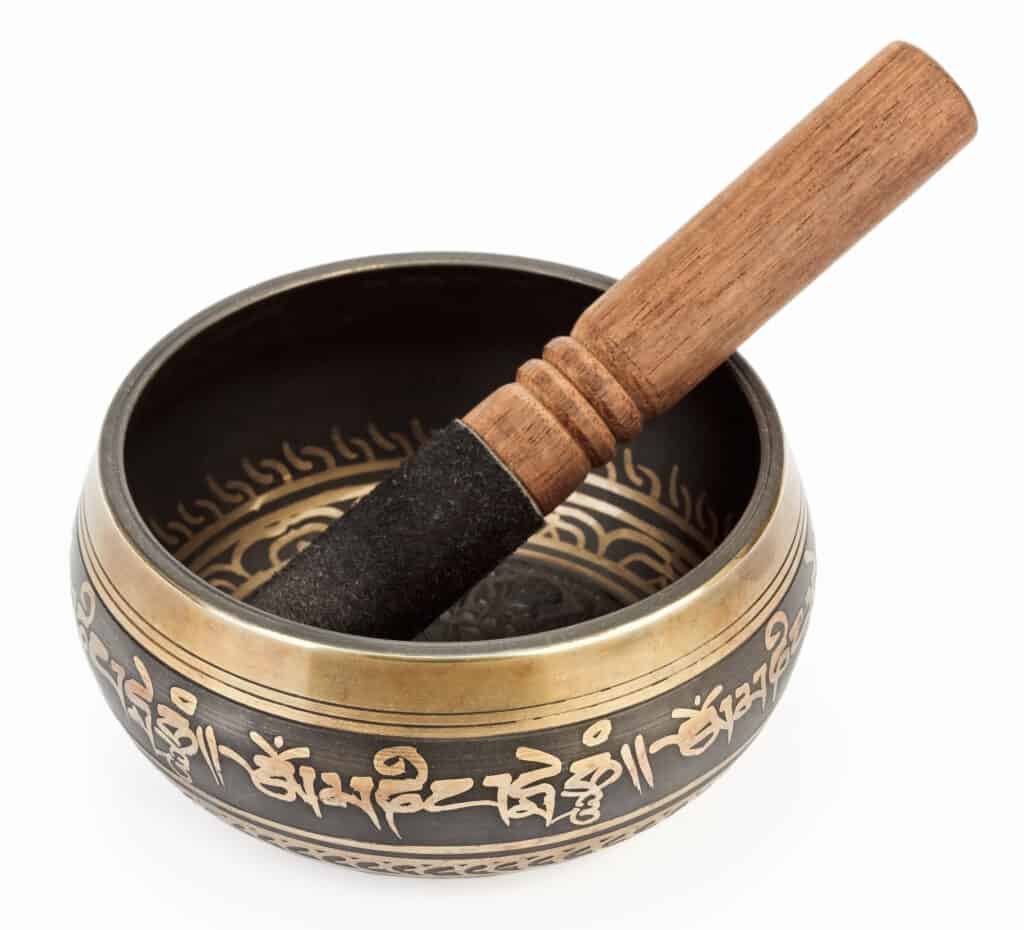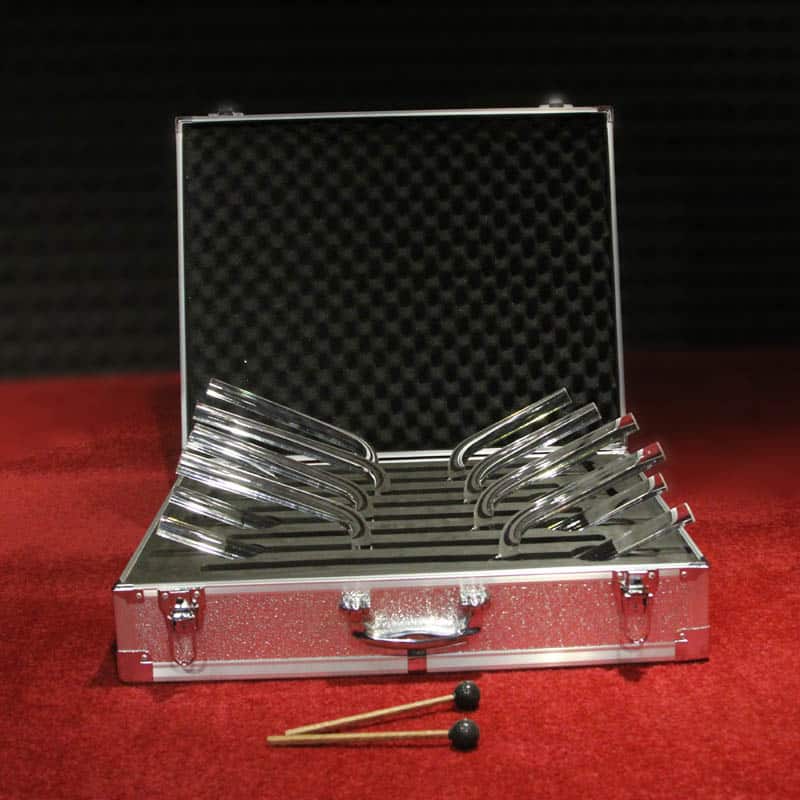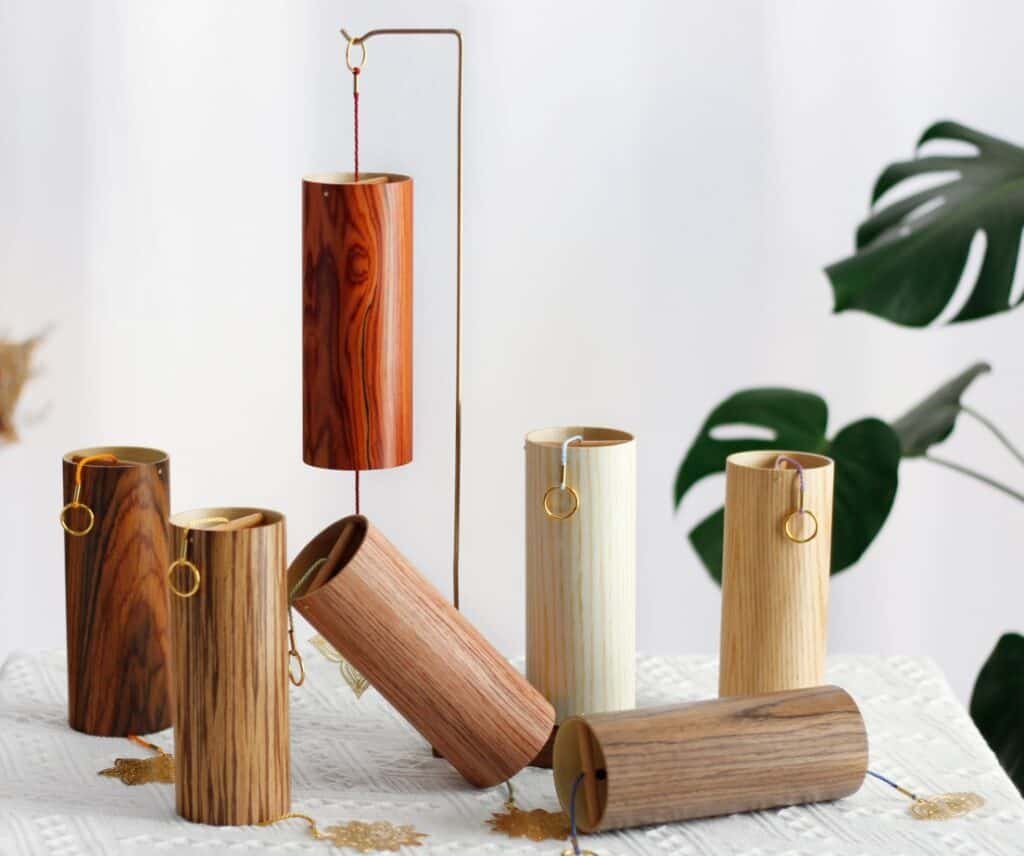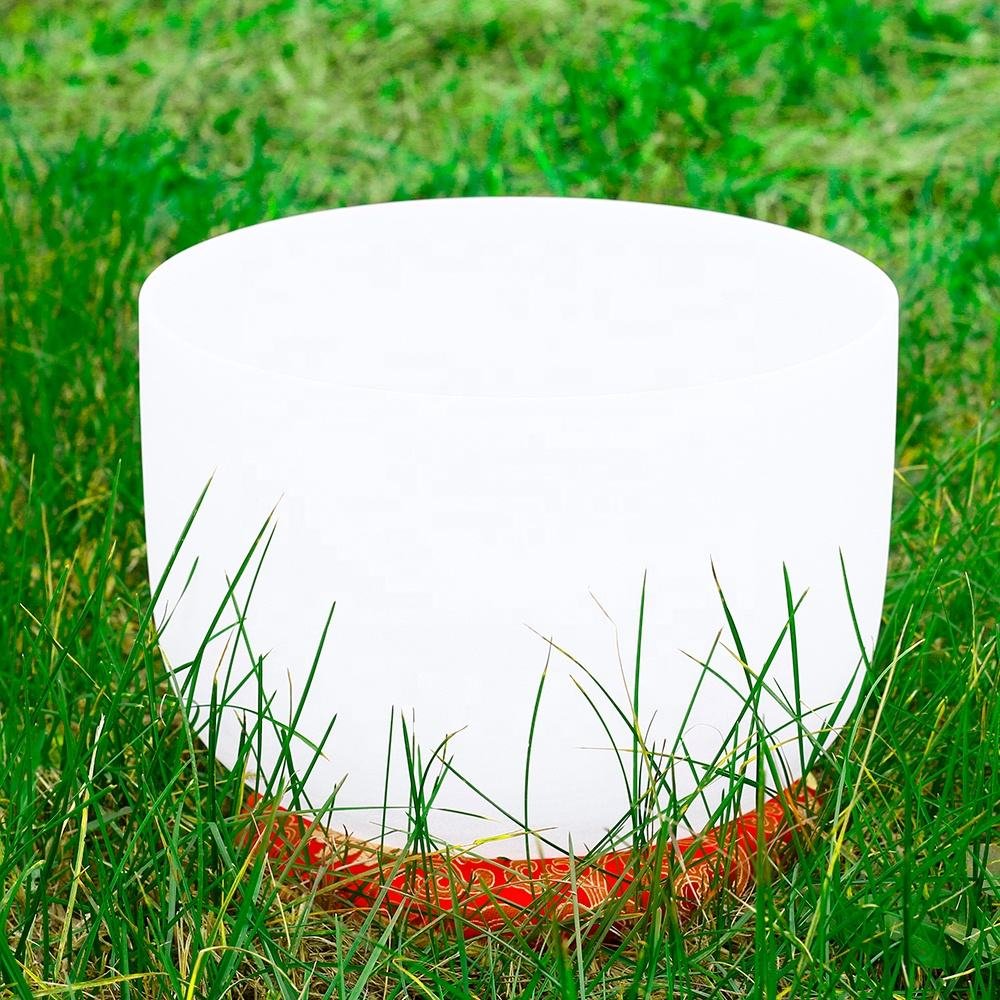Understanding Singing Bowls
Singing bowls, also known as Tibetan bowls or Himalayan bowls, are a type of musical instrument made of metal alloys. Traditionally, they were used in spiritual ceremonies, meditation practices, and healing rituals. The bowls are typically handcrafted with a combination of copper, tin, zinc, and other metals, producing a unique resonance and harmonious sound.
Playing Techniques

Basic Striking Technique
One of the simplest ways to play a singing bowl is by using the basic striking technique. Hold the bowl in the palm of your hand or on a cushion and gently strike the outer rim with a mallet. This will produce a clear and resonant sound that can be further amplified by rotating the mallet around the rim.
Circular Motion Technique
Another popular technique for playing a singing bowl is the circular motion technique. Place the mallet against the outer rim of the bowl and begin moving it in a circular motion while maintaining constant pressure. This motion creates a sustained sound that gradually builds in intensity and volume.
Rim Play Technique
The rim play technique involves using the mallet to glide along the outer rim of the singing bowl. Apply firm and even pressure as you move the mallet in a continuous motion. This technique produces a rich and complex sound that can be modulated by adjusting the speed and pressure applied.
Choosing the Right Mallet
Selecting the appropriate mallet for your singing bowl is essential to achieve the desired sound. Mallets come in various sizes, shapes, and materials, each producing a distinct tone. Soft mallets are ideal for producing deep and resonant sounds, while harder mallets create brighter and more intense tones. Experimenting with different mallets will allow you to discover the unique qualities and range of your singing bowl.
Importance of Direction
When playing a singing bowl, the direction of movement can impact the sound and vibration it produces. Two common directions are clockwise and counterclockwise. However, it’s important to note that there are no strict rules regarding direction, and personal preference plays a significant role.
Clockwise vs. Counterclockwise
Playing a singing bowl in a clockwise direction is believed to promote the flow of positive energy, symbolizing the upward movement of life force. This direction is associated with activating and energizing the chakras, the body’s energy centers. On the other hand, counterclockwise movements are often used for grounding and releasing stagnant or negative energy.
Personal Preference
Ultimately, the direction you choose to play a singing bowl should be based on your personal preference and intention. Experiment with both clockwise and counterclockwise movements to find what resonates with you and the desired effect you wish to achieve.
Benefits of Playing a Singing Bowl
Playing a singing bowl offers numerous benefits for physical, mental, and emotional well-being. Here are some of the advantages:
- Relaxation and stress reduction
- Improved focus and concentration
- Deepening meditation and mindfulness practices
- Balancing and harmonizing energy centers
- Promoting a sense of calm and tranquility
- Enhancing creativity and intuition
Incorporating Singing Bowls in Meditation
Singing bowls are widely used in meditation practices to enhance the overall experience. Their soothing sounds create a conducive environment for relaxation and deep introspection. By playing a singing bowl before, during, or after meditation, you can establish a calming atmosphere and facilitate a deeper connection with your inner self.
Using Singing Bowls for Sound Healing
Singing bowls are also utilized in sound healing therapy, where specific frequencies and vibrations are used to promote healing and balance in the body. The resonant tones of the bowls can help reduce stress, alleviate pain, and restore harmony to the mind, body, and spirit. Sound healers often incorporate singing bowls in their sessions to induce a state of deep relaxation and promote holistic well-being.
Caring for Your Singing Bowl
To ensure the longevity and optimal performance of your singing bowl, it’s important to take proper care of it. Here are a few tips:
- Store the bowl in a safe and dry place.
- Avoid exposing it to extreme temperatures or direct sunlight.
- Clean the bowl gently using a soft cloth.
- Use specialized cleaners to maintain its shine and luster.
- Regularly play the bowl to keep its sound and vibration active.
Conclusion
Singing bowls are versatile instruments that offer a wide range of benefits for both personal and therapeutic use. By understanding different playing techniques, selecting the right mallet, and considering the direction of movement, you can fully unlock the potential of your singing bowl. Whether you seek relaxation, meditation support, or sound healing, the enchanting sounds of a singing bowl can elevate your experience and promote overall well-being.
FAQs
- Can I use any mallet with a singing bowl? While you can experiment with different mallets, it’s best to choose one that complements the size and material of your singing bowl to achieve the desired sound.
- How long should I play a singing bowl during meditation? The duration of playing a singing bowl during meditation can vary based on personal preference. Start with a few minutes and gradually increase the duration as you become more comfortable.
- Can I play multiple singing bowls together? Yes, playing multiple singing bowls together can create harmonious and complex sounds. Experiment with different combinations to find the ones that resonate with you.
- Can I play a singing bowl for others during sound healing sessions? Absolutely! Singing bowls are commonly used by sound healers to provide therapeutic benefits to others. However, it’s essential to have a proper understanding of sound healing techniques.
- How often should I clean my singing bowl? Cleaning your singing bowl once a month or as needed is generally sufficient. Avoid using harsh chemicals or abrasive materials that may damage the bowl’s surface.


